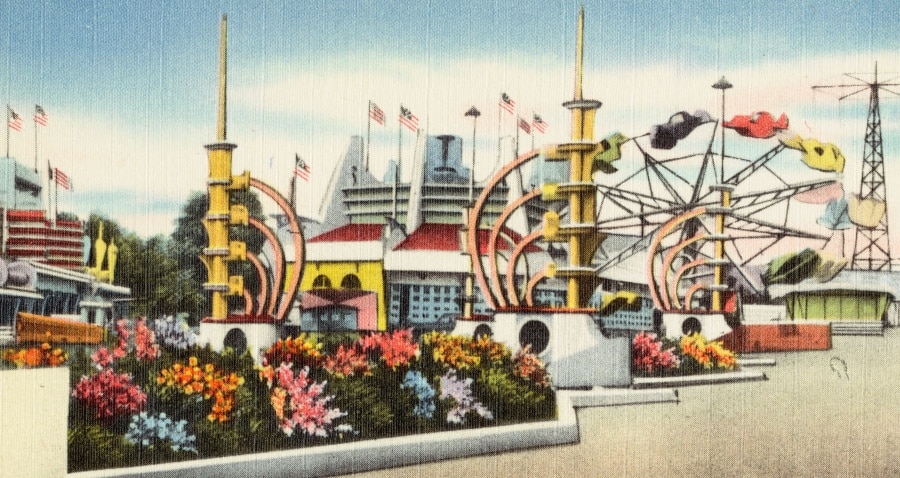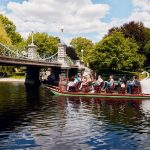New England
5 Lost & Gone (But Not Forgotten) New England Amusement Parks
From a pre-Disneyland magic kingdom to “the strangest farm on Earth,” these now-closed New England amusement parks live on in our memories.

Coffee By Design | Portland, Maine
Photo Credit : Katherine KeenanYou look like someone who appreciates a good story
- Unlimited access on the web
- Watch episodes online
Already a subscriber? Sign in







